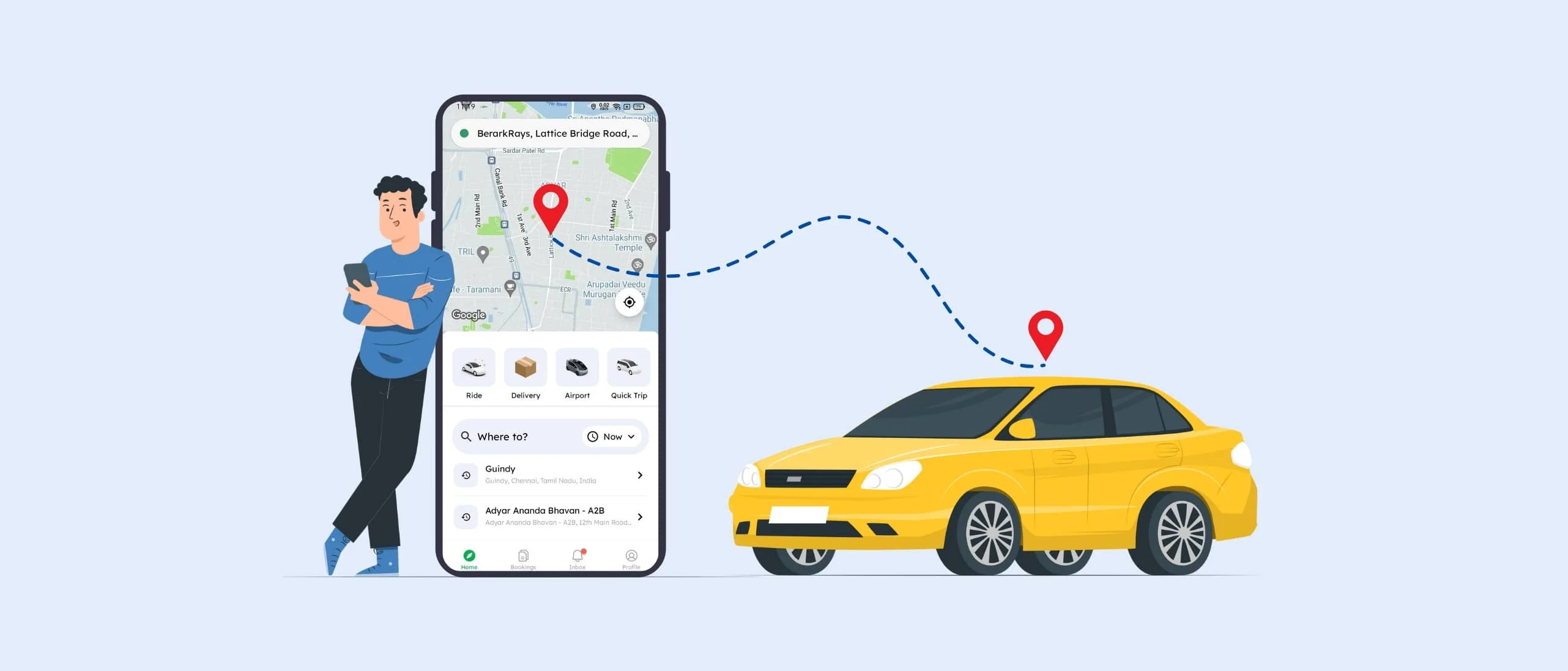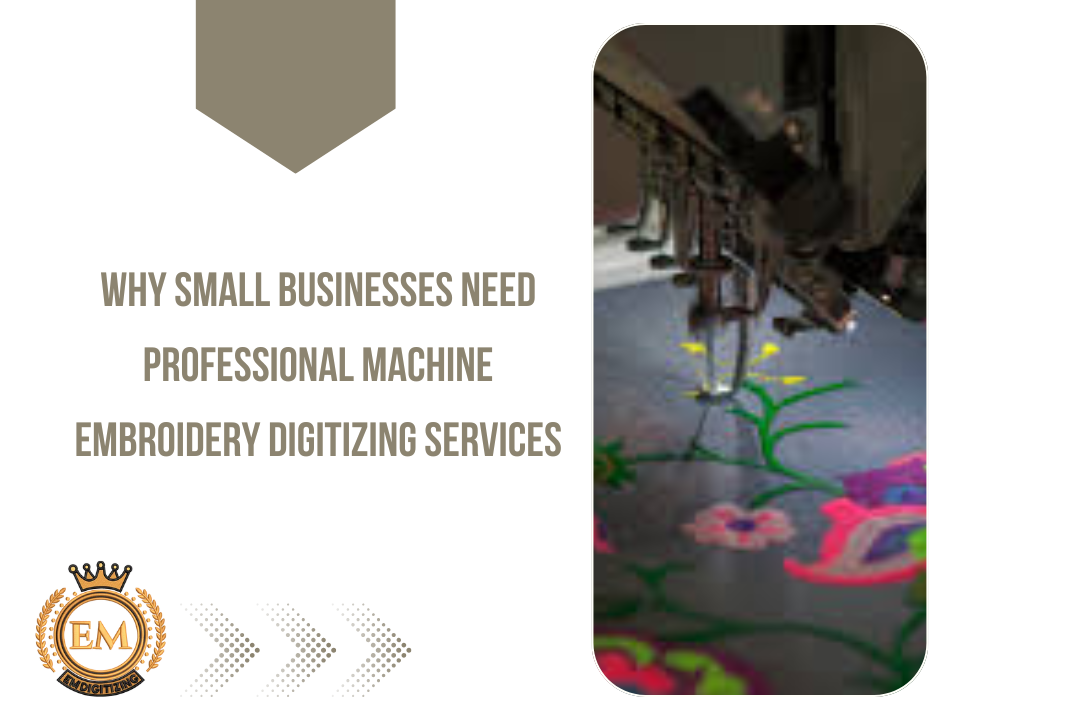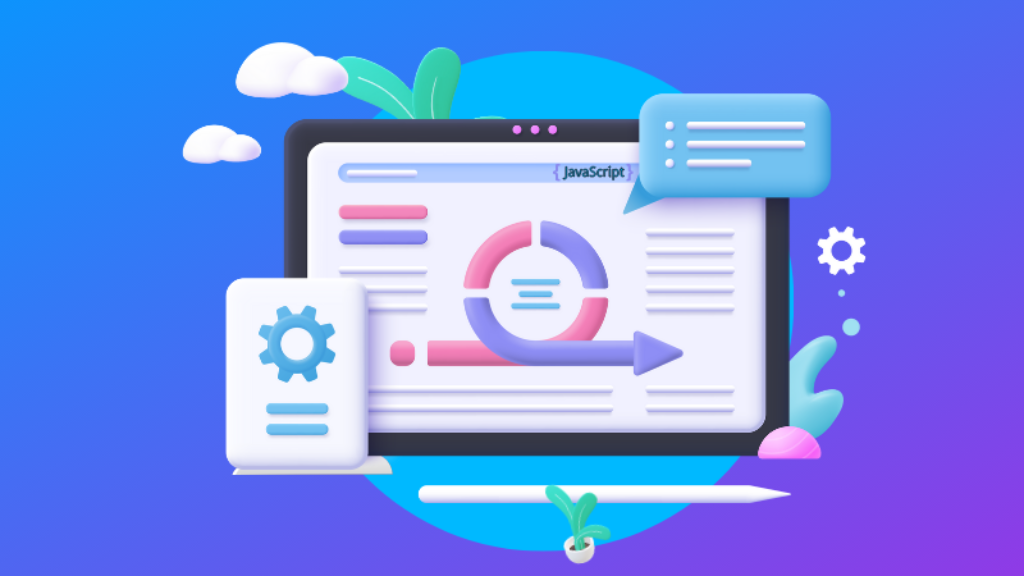The Road Ahead: Navigating the Booming Ride-Hailing Market with an Uber-Like App

Strong 8k brings an ultra-HD IPTV experience to your living room and your pocket.
The urban landscape is ever-evolving, and at its heart lies a relentless demand for convenient, on-demand transportation. This demand has fueled the phenomenal growth of the ride-hailing market, transforming how millions commute, travel, and conduct business. From daily commutes to late-night emergency rides, ride-hailing apps have become indispensable. If you're an entrepreneur looking to tap into this lucrative sector, developing an Uber-like app isn't just a trend; it's a strategic move to capture a significant share of a continually expanding industry.
The Unstoppable Rise of Ride-Hailing
The global ride-hailing market is projected to reach an astounding USD 568.9 billion by 2033, growing at a compound annual growth rate (CAGR) of approximately 18.5% from 2025. This remarkable growth is driven by several key factors:
- Urbanization: As cities grow, so does traffic congestion and the need for efficient public and private transport alternatives. Ride-hailing offers a flexible solution.
- Smartphone Penetration: The ubiquitous nature of smartphones has made on-demand services accessible to a vast demographic, allowing users to book rides with a few taps.
- Convenience and Affordability: The sheer convenience of booking a ride from anywhere, coupled with competitive pricing models (including ride-sharing options), makes ride-hailing an attractive alternative to traditional taxis or personal car ownership.
- Technological Advancements: Continuous innovation in GPS technology, AI, and machine learning optimizes routes, reduces wait times, and enhances overall user experience.
Even with challenges like the recent pandemic and geopolitical events impacting fuel prices, the market has shown remarkable resilience and a clear path to recovery and sustained growth.
Why an Uber-Like App is More Than Just a Clone
When we talk about an "Uber-like app," we're not merely suggesting a superficial copy. Instead, it refers to leveraging a proven, successful business model and adapting it to your specific market needs, with the added benefit of a significantly reduced development timeline and cost. The core functionality and user experience of an Uber-like app are well-established and resonate with users globally.
A robust Uber-like app typically encompasses three distinct interfaces:
1. Passenger App: This is the user's gateway to your service. Essential features include:
- Seamless Registration & Profile Management: Easy onboarding via email, phone, or social logins.
- Intuitive Ride Booking: Setting pickup and drop-off locations, fare estimation, and vehicle selection.
- Real-time GPS Tracking: Live tracking of the driver's location and estimated time of arrival (ETA).
- Multiple Payment Options: Integration with credit cards, digital wallets, and local payment methods.
- Ride History & Receipts: Easy access to past trips and transaction details.
- Ratings & Reviews: A system for passengers to rate drivers and provide feedback.
- Emergency SOS Button: A crucial safety feature for immediate assistance.
2. Driver App: This empowers your drivers to manage their trips and earnings efficiently. Key features include:
- Driver Registration & Verification: A thorough onboarding process for driver and vehicle documentation.
- Trip Request Acceptance/Rejection: Drivers can accept or decline incoming ride requests.
- In-App Navigation: Integrated GPS for optimized routes.
- Earnings Dashboard: Transparent tracking of earnings and payment history.
- Availability Status: Drivers can set their availability to go online or offline.
- Customer Feedback & Performance Insights: Access to passenger ratings and performance metrics.
3. Admin Panel: This centralized web-based dashboard provides you with complete control over your operations. Features include:
- User & Driver Management: Overseeing and managing all registered users and drivers.
- Fare & Commission Settings: Dynamic control over pricing models, including surge pricing.
- Real-time Fleet Tracking: Monitoring all active vehicles and their locations.
- Analytics & Reporting: Comprehensive insights into business performance, popular routes, peak hours, and driver efficiency.
- Dispute Resolution & Support: Tools to handle customer queries, complaints, and driver issues.
The Competitive Landscape and Your Edge
While Uber and Lyft dominate the global ride-hailing scene, and Ola is a significant player in India and Southeast Asia, the market is ripe for disruption and niche players. Competitors in the "Uber clone" space, offering white-label or customizable solutions, include companies like VivoCabs, Onde, Elluminati, Appdupe, and Trioangle Technologies (Gofer), among others.
To stand out in this competitive environment, your Uber-like app needs more than just basic features. Consider incorporating advanced functionalities:
- AI-Powered Dynamic Pricing: Adjust fares based on real-time demand, traffic, weather, and special events.
- Predictive ETA & Route Optimization: Advanced algorithms to provide more accurate ETAs and suggest optimal routes.
- Ride Scheduling & Recurring Rides: Allow users to pre-book rides or set up recurring trips for daily commutes.
- Multiple Drop-off Points: Enable passengers to add several stops within a single trip.
- In-App Chat & VoIP Calls: Facilitate seamless communication between passengers and drivers, with number masking for privacy.
- Wallet & Split Fare Options: Integrated in-app wallets and the ability to split fares with co-passengers.
- Referral & Loyalty Programs: Incentivize users and drivers to grow your network.
- Vehicle Rental Packages: Offer hourly, daily, or weekly rental options with a driver.
- Corporate Bookings: Solutions for businesses to manage employee transportation.
- Enhanced Security Features: Implement strong authentication, fraud detection, and robust data encryption.
Partnering for Success: Choosing the Right Development Path
Building a comprehensive ride-hailing platform from scratch can be a time-consuming and expensive endeavor. This is where partnering with experienced app development companies that offer robust, pre-built Uber-like app solutions becomes invaluable. Companies like Appscrip provide white-label, customizable solutions that allow you to launch your service rapidly and cost-effectively.
Appscrip, for instance, offers a fully customizable Uber clone app. Their solutions are designed to be highly scalable, supporting thousands of users and offering features like real-time tracking, multiple payment gateways, multi-currency support, and comprehensive admin controls. Their focus on providing a secure, feature-rich, and scalable platform has garnered positive feedback from clients looking to enter the on-demand mobility sector. Their pre-built solution significantly reduces the development time and cost, allowing you to focus on your business strategy and market penetration.
You can explore their offerings and reviews on their official website: appscrip.com/uber-clone.
Conclusion
The ride-hailing market is a dynamic and thriving industry with immense potential. By strategically developing a feature-rich Uber-like app that addresses local market nuances and leverages advanced technologies, entrepreneurs can establish a strong foothold. The key to success lies in understanding user needs, offering a seamless and secure experience, and partnering with a reliable development provider that can deliver a scalable and customizable solution. The road ahead for ride-hailing is bright, and with the right approach, your app can be the next big success story.
Note: IndiBlogHub features both user-submitted and editorial content. We do not verify third-party contributions. Read our Disclaimer and Privacy Policyfor details.







